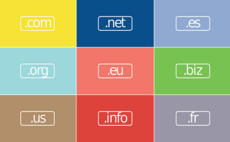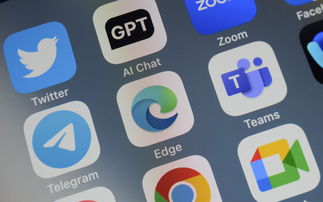Brand consultant says ICANN's move will have brand managers pulling their hair out
Opening up generic top level domains (gTLD) is likely to hinder large companies looking to improve their brand, as they will inevitably face huge admin fees and complicated legal battles. This w...
To continue reading this article...
Join Computing
- Unlimited access to real-time news, analysis and opinion from the technology industry
- Receive important and breaking news in our daily newsletter
- Be the first to hear about our events and awards programmes
- Join live member only interviews with IT leaders at the ‘IT Lounge’; your chance to ask your burning tech questions and have them answered
- Access to the Computing Delta hub providing market intelligence and research
- Receive our members-only newsletter with exclusive opinion pieces from senior IT Leaders




















